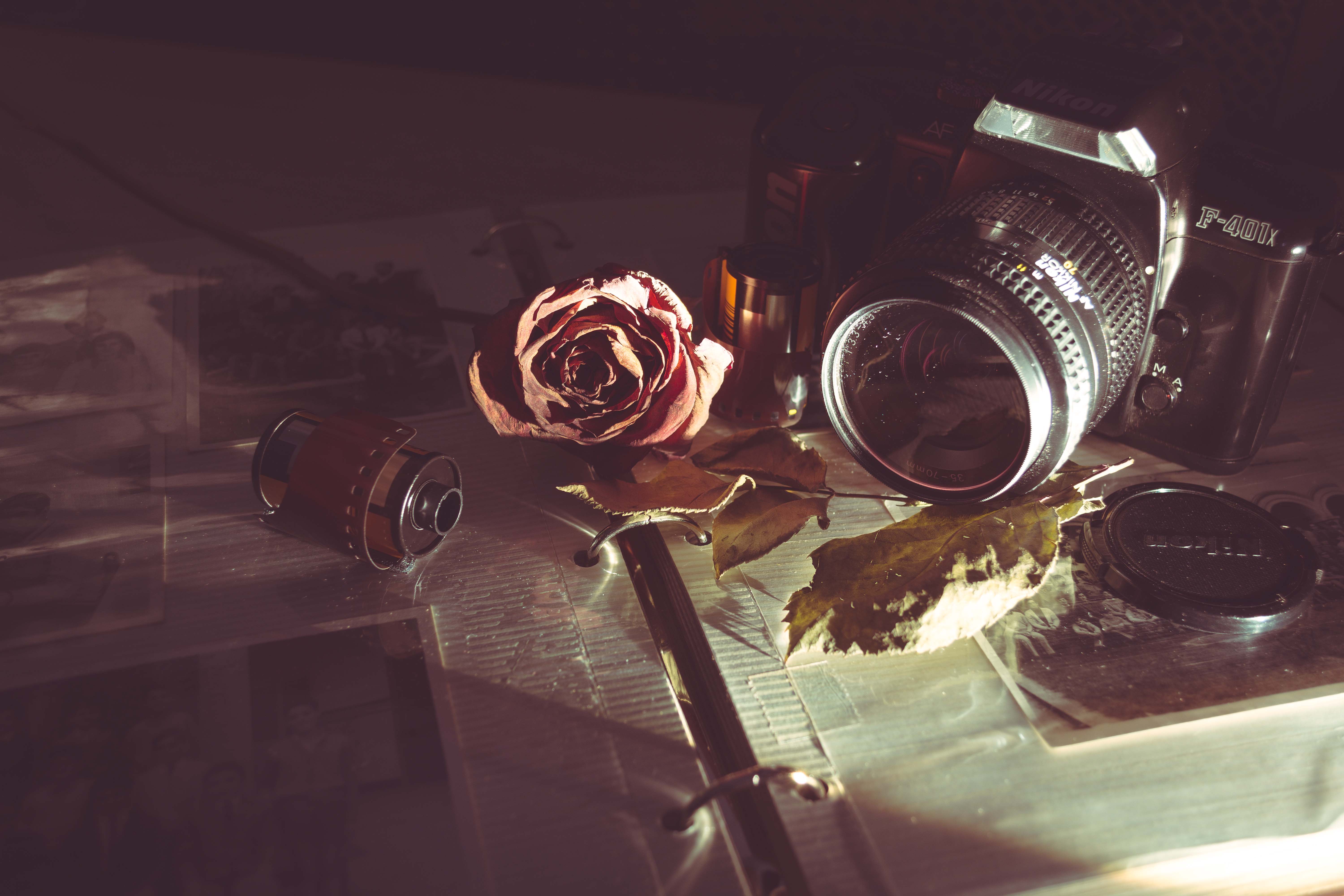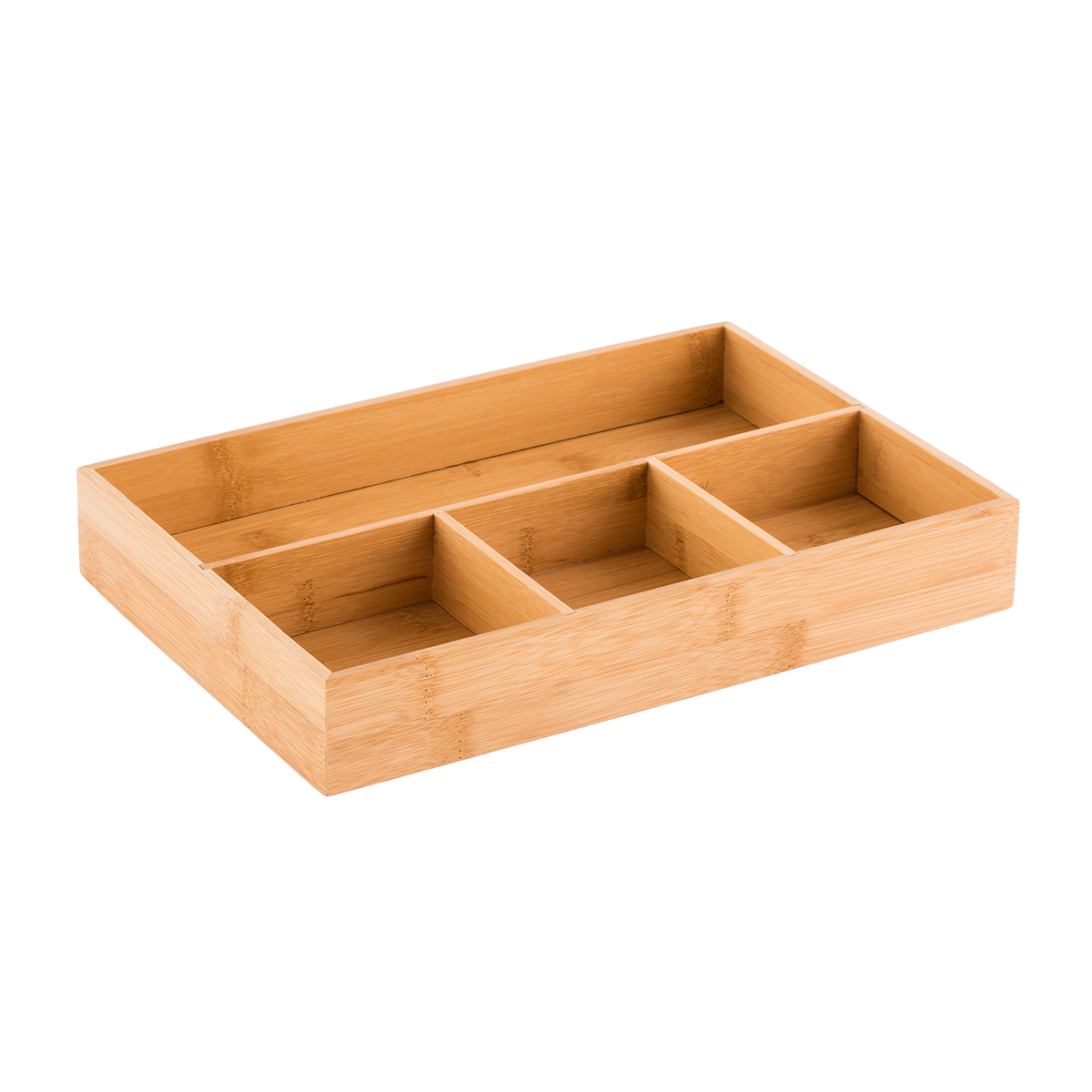This week I’ve been helping my friend Rachel declutter and organize her home. Her main focus was the basement of her house where she’s not only storing her own family’s stuff, but other friends’ and family members’ things as well. (She’s super generous!)
Sentimental Items
We started in the basement where she went through boxes of sentimental items. How do you tackle papers, photos, journals, drawings, and things that mean something to you? It’s hard enough to throw away or donate stuff that means nothing to you, so how do you part with all the birthday cards from Grandma or all those journals you poured your heart into?
For starters, we decided that she would keep two rubber bins worth of sentimental items (for the record, I own two rubber bins of stories, childhood drawings, and stuffed animals). We agreed that the number of bins for holding sentimental items would not exceed two, which means if those bins don’t close, it’s time to get rid of whatever’s trying to escape or enter. At the end of our purge, Rachel had plenty of room in her two bins to store sentimental items that might find her in the near future. (She did an awesome job saying goodbye to emotional items.)


How do you decide what goes in and what comes out of the bins? Well, let’s think about something like cards. If you have six birthday cards from Grandma, and the only trace of Grandma on three of the cards is her signature while the other three cards document beautifully written notes from Grandma, then get rid of the three that only hold her signature.
Keep one or two stuffed animals—the ones that were your favorite or meant the most to you as a child.
And maybe get rid of the journals all together. Do you really want to read about your seventh grade crush again or how much you hated puberty? Holding onto the past and worrying about the future robs us of the present. Read the journals one last time, acknowledge your past, and then toss them in the trash and get on with your life. You only have this one very precious moment. Why waste it by looking backwards?
Acknowledge every item you’ve kept to understand why you’ve kept it. That A+ paper proves you’re smart, right? No. You don’t need to keep it to prove your intelligence. You do that just by being you. Toss it. That project you spent so much time on? You’re an artist, a hard worker, a top notch student. Pat yourself on the back, acknowledge your excellence. Then, get rid of it. Remember, you don’t need things to validate your existence. You’re good enough on your own; you don’t need things and labels to prove your worth.
Another great option is taking photos of meaningful items that you are ready to part with, but you don’t want to forget. Snap a photo, save it on your computer in a “Sentimental” folder, and then toss or recycle it.
Create a “Store”
We also decided that at the end of the basement stairs, against the wall, we’d place a shelving unit which would hold bulk goods like paper towel rolls, toilet paper, toothpaste, soap—bulk items you buy from Costco or the supermarket. Whenever Rachel needs a new item, she just has to walk down the stairs and grab it off the shelf. We made sure these items are visible and organized logically, that way she can quickly glance at the shelf to make sure she doesn’t buy something she already owns in her home “store.” This saves time and money, and doesn’t take up space in smaller areas like under the kitchen sink or the bathroom closet.
A Room of One’s Own
We set up her office space, organizing bulk tape rolls, paperclips, and office supplies in baskets. We sorted through highlighters, permanent markers, pens, pencils, and mechanical pencils, kept the ones that worked, and organized them into separate containers.

For the most part, we used what she already had, like vases, baskets, bins. If you’re not too concerned with having matching organizational containers, you can easily use items you already own. Saves time and money and puts to use items you might trash.
We kept thank you cards, blank cards, and other themed cards and put them in a basket that’s accessible for whenever Rachel needs a card.
Store Items Near The Place You Use Them
We went through the linen/bathroom closet and threw out rags and expired medicine, nearly empty bottles, and others items Rachel knew she didn’t want and would never use. We organized bathroom items into categories like hair, beauty, medicine, bandages, and placed them into baskets she already owned.
And we’re still working on the game space in the basement.
Remember: Items you keep but will never use are being wasted. Someone could make use of that item that you’re hiding away. Donate it!
Freedom Through Purging
It’s been awesome working with Rachel. She’s just an awesome person altogether, but she also makes the process fun because she’s so funny, and she’s had no problem (or at least it didn’t appear to me) purging items that she knew she didn’t want or wouldn’t use. I didn’t force her into minimalism, and she doesn’t need to be a minimalist (I’m not even a minimalist) in order to optimize space and maintain an organized home.
When you’re ready to purge and declutter, the process is not only be fun, but also healing. We realize how much stuff we have and don’t use, probably will never use, and stuff we don’t even want to begin with. Often we own things because we think we should—gifts, expensive purchases, sentimental items, “just in case” items. You shouldn’t own things that you don’t want! Have you ever looked in your closet and after spotting an item thought, “Ugh I hate that ____!”? I think that all the time. So, why keep it? Don’t count time or money spent on an item as reasons to keep it. Get rid of it! (Obviously, donate it or recycle it if you can; if you can’t, it’s OK to throw it away as long as you’re doing so responsibly—some items like electronics need to be disposed of in certain ways.) If you don’t want it and can buy it in less than 20 minutes or for less than $20, get rid of it!
Take the plunge. When you purge, declutter, and organize the stuff you actually use and actually want, you will instantly feel free. I promise.







